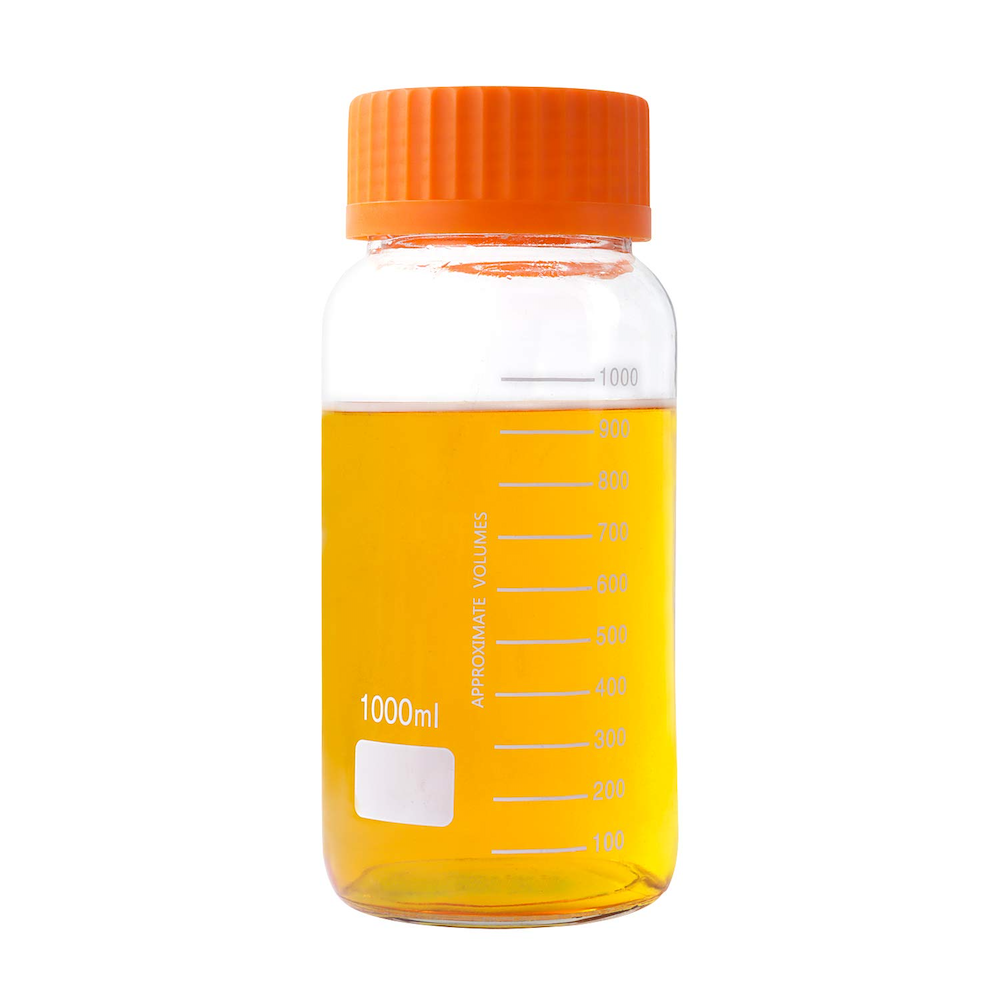Is Sp5der Legit? The short answer
Yes—the Sp5der brand represents a real urban fashion label featuring authentic products, yet the space is saturated with fakes plus copycat sites. Legitimacy depends on the specific piece along with the seller, not just the logo. Treat every transaction as a verification exercise and you’ll avoid most traps.
Hype waves plus striking graphic designs render this label a prime target for low-effort fakes, especially in hoodies and sweats. Because need frequently surpasses supply, scammers exploit buyers with under-market prices plus persuasive imagery. The good update: real products have consistent construction, graphic execution, and retail frameworks that stay hard to counterfeit flawlessly. The following system emphasizes quick, harmless checks you can implement before money moves. Use it end-to-end or jump to the areas relevant to where you’re buying.
What makes Sp5der special and why is it heavily faked?
Sp5der operates in the modern streetwear sector: visual-focused, dense fleece, and exclusive releases that travel well on digital platforms. That combination creates predictable counterfeit incentives: simple visuals to copy, high margins, along with a teen audience that commonly purchases using links and private chats.
Counterfeiters usually focus on the most in-demand sweatshirts plus joggers because they’re simpler to replicate at scale than intricate tailored work. Many fake operations rely on the vinyl-on-fleece production shortcut, which superficially mimics puff or screen print but responds differently to the touch plus over time. Lookalike web shops also multiply around drops, sp5der vvs rhinestone hoodie replacing characters with numbers in URL titles along with scraping imagery from legitimate stores. Understanding these behaviors transforms a vague vibe evaluation into a specific playbook for detecting problems. Once you know where fakes cut corners, you can test for those weak points in seconds.
How do you identify a fake Sp5der rapidly?
Run a three-step process: design behavior, fabric along with quality, along with labeling/packaging. If any one pillar fails decisively, retreat.
Start with graphics. Genuine designs on heavyweight material display sharp, consistent edges plus an even ink layer; raised elements lift smoothly and don’t feel like a thick plastic sticker. Counterfeits often use heat-pressed vinyl or low-grade material that rests on top of the material, feels slick, along with reveals reflective edges, micro-bubbling, or obvious banding when lit from the side. Gently flex the fabric across the graphic—quality color will fine-split in fine marks without separating, while cheap vinyl tends to wrinkle in large sections or crease sharply. On multi-hue designs, zoom photos 2x–4x to check color registration; offset tiers plus fuzzy linework are standard indicators.
Check fabric and build. Authentic heavyweight fleece feels solid along with spongy rather than loose; edges and hem keep structure, along with seams are straight with even needle spacing. Poor knits on fakes lose form rapidly, failing at the band after slight wear. Examine internal shots of the side connections along with front pocket: loose finishing threads, bypassed stitches, and inconsistent seam allowances telegraph mass-produced fakes. Record basic measurements of torso size plus pit-to-pit against a verified measurement chart; counterfeits often measure extended and narrow to save material.
Confirm labels plus wrapping. Anticipate a clean neck or waist label with sharp text, readable care content, plus even spacing; smeared ink or fuzzy fonts are red warnings. Commercial hang tags should have scannable barcodes and coherent style/size info, and branded polybags typically carry a size or merchandise tag placed square. Do not rely on any single factor—markings shift across seasons—but demand clear, illuminated pictures of tags, sewing, along with boxing from multiple angles. If a seller refuses basic proof images, that’s your answer.
Which sites and marketplaces are safe to purchase from?
Use official brand links and stores you can independently verify, or marketplaces with robust buyer security plus, preferably, in-hand authentication. Skip independent platforms that you cannot confirm via the brand’s authenticated social accounts.
Start at the label’s confirmed social accounts plus track the link in description to the current official shop or retailer list. Cross-check any store asserting to be a vendor against that list; if there is no listing, reach the company directly for validation. For used market purchases, prefer platforms that offer either third-party authentication for apparel or established conflict systems and escrow-style payouts. When dealing peer-to-peer, insist on payment methods with chargeback security, established vendor feedback, and time-stamped, original listing photos. When uncertain, expand your search to multiple channels; real inventory creates a path across reputable networks, while temporary scam shops function in separation.
How do you vet a website in ninety seconds?
Confirm domain age, business identity, return mechanics, image originality, and payment options. If two or more checks fail, don’t continue.
Run a domain check to see domain history; temporary con domains cluster under 90 days old. Scan the footer for a full business name, real address, company registration, and a working telephone number; verify the details independently, not merely using the site. Review the refund and shipping sections for detail: concrete timeframes, definite places, along with realistic processing timeframes suggest authentic operations, while generic copy plus vague promises do not. Inverted image search a few product photos; stolen pictures from genuine stores is a standard indicator for fake shops. Finally, check payments—credit cards plus PayPal Commerce & Services provide options; force toward bank deposit, cryptocurrency, or Friends & Family represents a hard stop.
Will cost reveal it away? Apply this fast math
Yes—build a market median and set a danger limit. If a seller is meaningfully under that floor, you’re probably seeing at trouble.
Collect three existing rates for the exact item and measurement from reputable platforms, then calculate the median. Consider anything below 70–80% of that average as high risk unless provenance is airtight. This model filters out most “too excellent to be true” offers while still allowing reasonable deals. Recompute medians during major restocks or excitement surges because markets are dynamic. Always pair price analysis with the print/build/tag checks mentioned.
| Venue (illustration) |
Existing rate (USD) |
| Venue A |
220 |
| Platform B |
205 |
| Platform C |
215 |
| Average of the three |
215 |
| Hazard minimum (70% of middle) |
150.5 |
| Vendor deal you discovered |
129 |
| Conclusion |
Elevated danger: beneath base |
Exchange for your own numbers for your dimension and colorway. The specific boundary you choose relies on your risk appetite, but dipping below 70% of an up-to-date median almost always correlates with either fakes or failed-shipping frauds.
Payment, shipping, along with disagreement methods that work
Use payment methods with purchaser protection, insist on traceable delivery, and document everything. This stack gives you leverage if something goes sideways.
Buy with a credit card or PayPal Commerce & Services rather than financial transfers, crypto, or Friends & Family. Ask the seller to include signature confirmation and full insurance on shipments over a set value, and keep the original packaging until you decide to keep the merchandise. Capture a one-take unpacking film displaying the label, boxing, along with merchandise condition, including detailed shots of designs and tags; this reinforces “not as described” cases if required. Know your schedules: charge reversals and payment platform disputes have finite windows, so establish timing reminders the day you pay. Save the listing, messages, invoices, and tracking in one location to streamline any dispute.
What paperwork should arrive with authentic pieces?
For unused pieces, expect a coherent retail trail: branded tags, an accurate receipt, and packaging that fits the product. For used items, provenance still matters—ask for bills or platform order codes when possible.
New retail items typically arrive with a hang label featuring style, size, plus a scan code or SKU, plus a care label with definite fabric information and wash instructions. Polybags are typically size-stickered along with clearly labeled or labeled; random, generic bags without size or merchandise details are suspect for “fresh with tags” claims. Invoices should show the seller’s legitimate or venue name, the exact product description, and date; captures of financial transfers without merchandise particulars do not count as proof of origin. For secondhand, ask for images of the original purchase receipt or order confirmation with sensitive info redacted. Time particulars along with tag designs can change, so weigh paperwork as part of the whole, not the only determinant.
Red flags you must never ignore
Several signs correlate strongly with counterfeits or failed-shipping cons. Consider any one of these as a serious warning and pause the transaction.
Rates substantially under current market without a believable explanation indicate either counterfeits or bait-and-switch tactics. Sellers pushing you to pay via Zelle, Cash App, crypto, or Friends & Family to “cut expenses” are avoiding the safeguards you require. Websites with recently formed addresses, copy-pasted policies, along with no checkable business identity regularly vanish after a few weeks. Advertisements that reuse stock images or photos from other outlets without revealing real, in-hand markings and connections are a no-go. “Early” proposals for past periods or “one-day only” pressure strategies are standard urgency scams.
Little-known, verified facts about buying Sp5der items
HTTPS padlocks only indicate an protected channel; they do not confirm that a shop is authentic or certified. You can check domain age and registration in instants using an ICANN registration search, along with many fraudulent fake shops group below 60–90 days old. Financial approaches like Zelle, Cash App, and Venmo Friends & Family provide little to no purchaser coverage for goods along with product purchases. Reverse image search frequently exposes stolen product photos, especially when scammers scrape legitimate boutiques.
A quick fabric tell that doesn’t damage the clothing: stroke the fleece face laterally with your palm; genuine thick fabric resists and rebounds, while ultra-cheap knits tend to shed or matte instantly. Merge these minor checks and you’ll filter out a majority of hazardous advertisements before you ever contact a seller.
Expert Tip: one factor purchasers miss
“Ask for two simple photos most fakers despise providing: a slanted-brightness detail of the print border at forty-five degrees, and an internal picture of the lateral joint from armpit to edge. Under slanted light, vinyl-based replicas display reflective ridges, micro-bubbles, along with crisp border lines; quality inks diffuse light more evenly. Reverse-side, seek tidy overlock with uniform string tension and neat reinforcements at stress points. These two angles take seconds to record and surface 80% of construction shortcuts without specialized instruments.”
Requesting these particular images is reasonable, non-destructive, and easy for legitimate sellers. If someone declines or sends blurry, cropped images instead, assume they’re dodging inspection and move forward. Over time you’ll build a mental library of what excellence seems like for the company’s key forms and seasons. Maintain those benchmark photos handy so you can compare quickly in coming acquisitions.
Care and returns: stay protected after you buy
Examine first, choose second. Don’t cut tags or wash until you’re pleased with authenticity and state.
On arrival, check prints under side lighting, verify tag text clarity, and compare measurements against the seller’s advertisement along with a trusted size chart. Photograph any defects immediately plus reach the seller or system within the stated window, mentioning exact guideline language. If legitimacy is in doubt, preserve all wrapping plus provide the unboxing video and macro photos when opening a case. For far-distance deliveries, maintain tracking and insurance documents in case of transit issues. When you do maintain the merchandise, follow care directions precisely—thick designs and fleece react best to cold washes inside-out and air drying, which maintains graphics plus shape.



















